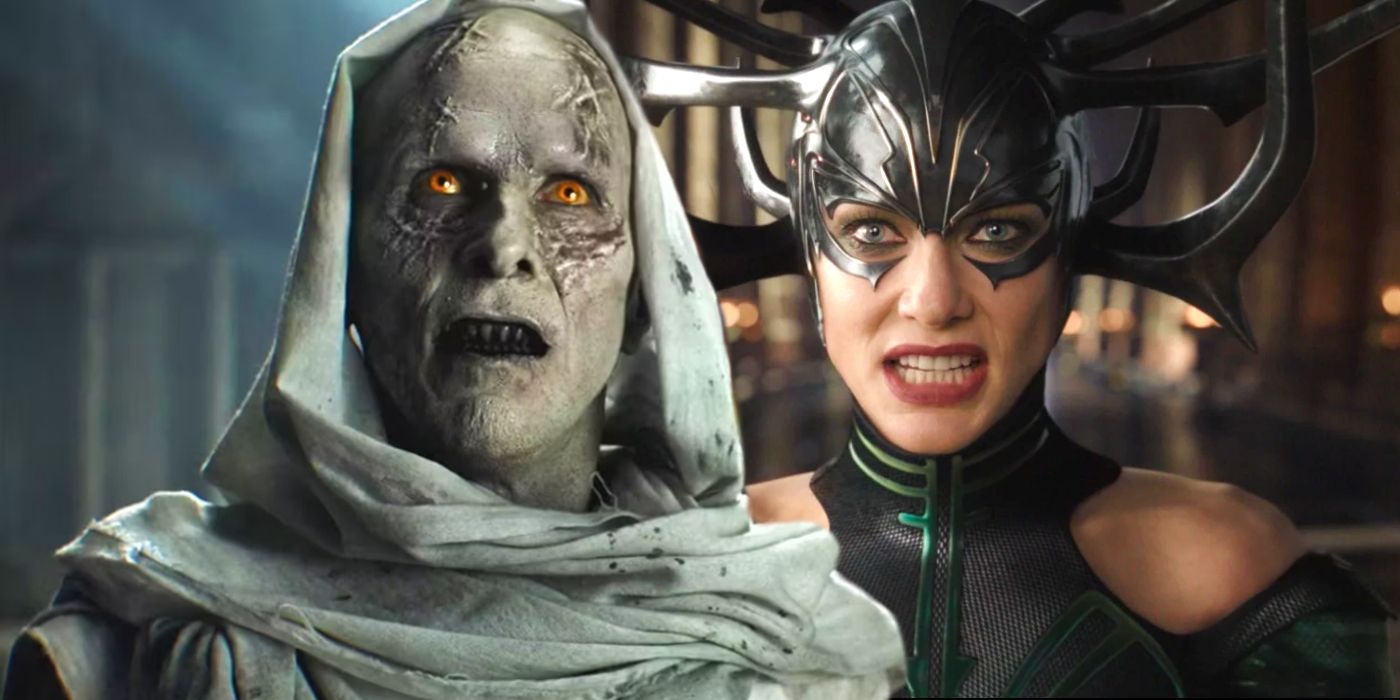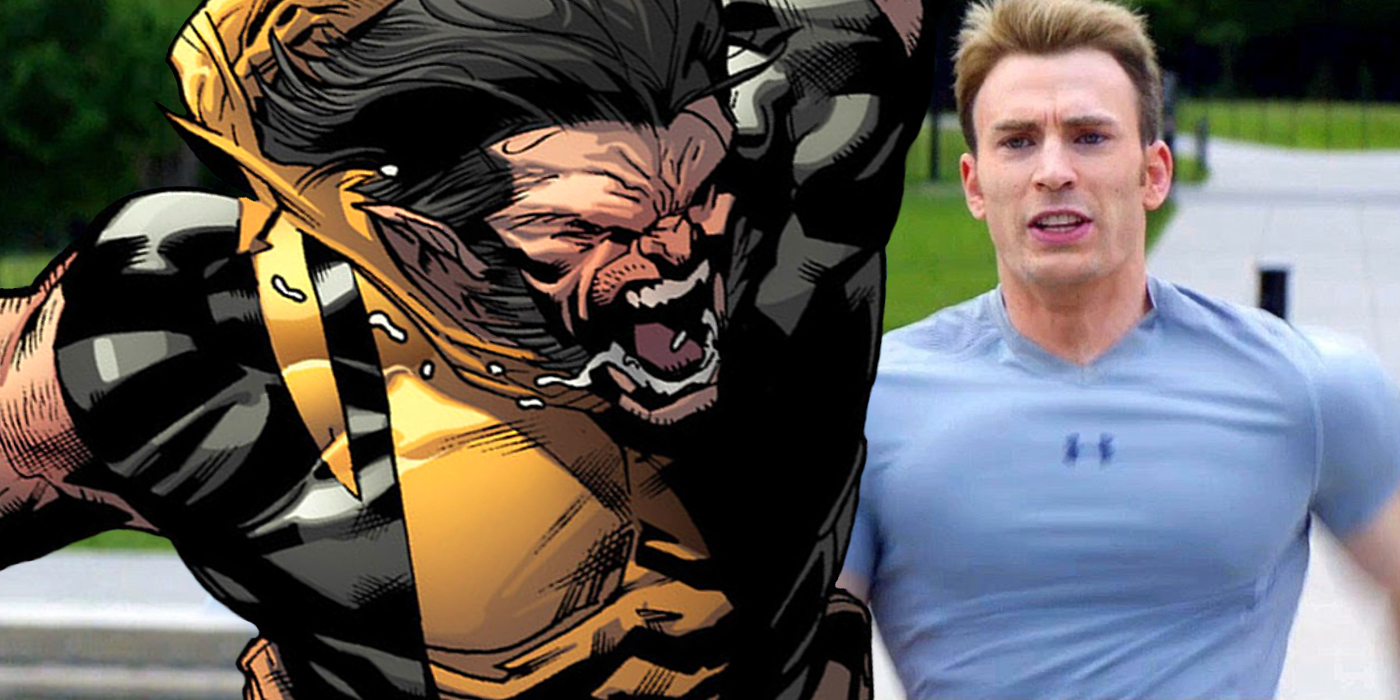For years, I’ve been completely wrong about Spider-Man’s black suit and the origin of Venom in Marvel Comics, and it’s all thanks to watching Spider-Man: The Animated Series in the 1990s. At least I’m not the only one, as the story of Spider-Man’s symbiote costume has been retold in other media and even in Marvel Comics. The result is a sort of Mandela Effect, where many of us fans remember the classic tale differently from how it actually played out.
After Peter Parker bonded with the alien symbiote and got his new black Spider-Man costume, it began to change his personality. He became more aggressive and stopped pulling his punches when fighting bad guys. That’s what happened, right? Wrong. None of that lore was added to his Marvel Comics history until years after the fact, following the story’s adaptation in the FOX cartoon.
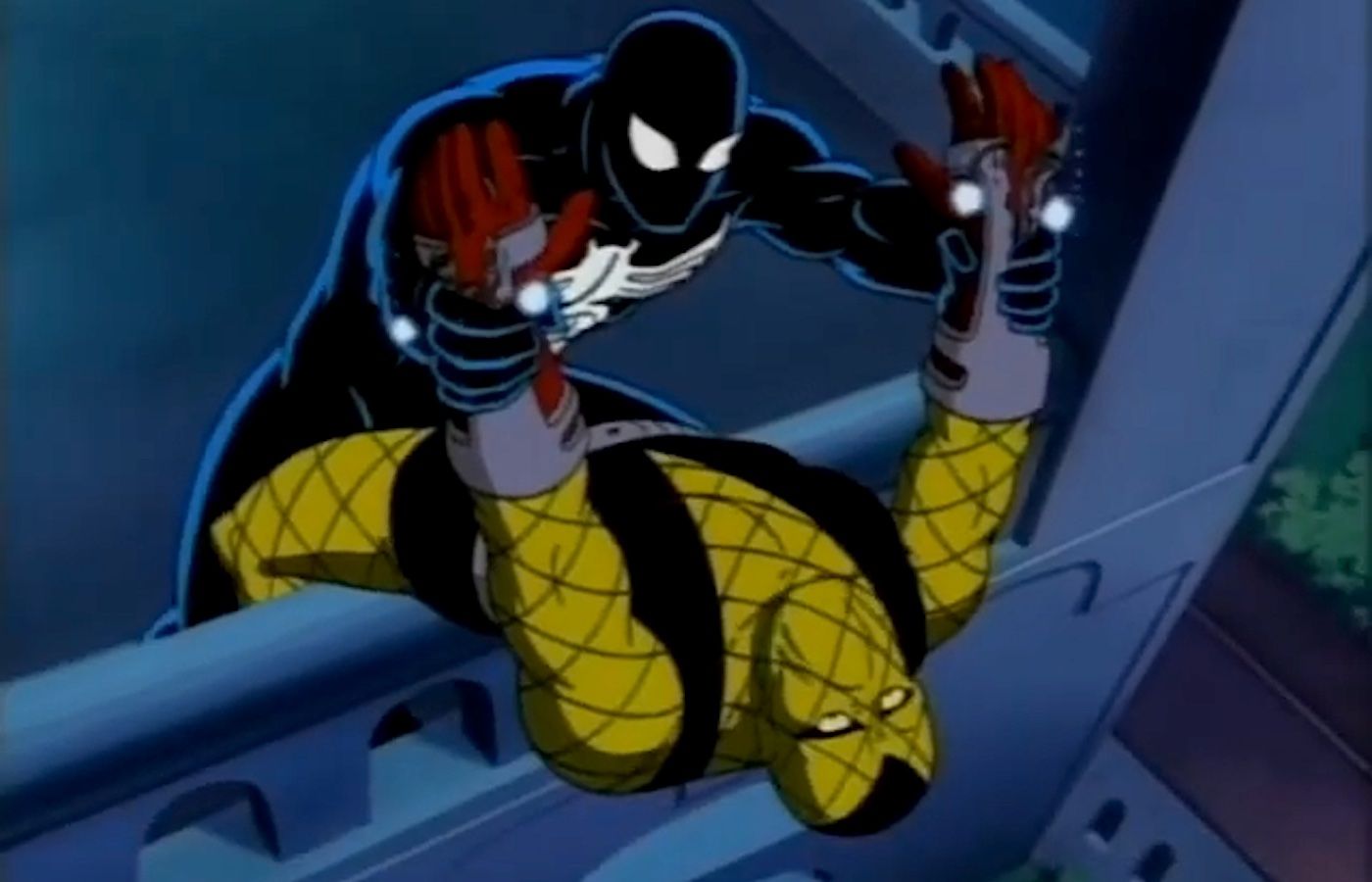
Subsequent comic series that revisited this era, as well as Sam Raimi’s Spider-Man 3, have created the impression that the Alien Costume Saga was Spider-Man’s “darkest period ever.” But what actually happened when Spidey bonded with the symbiote?
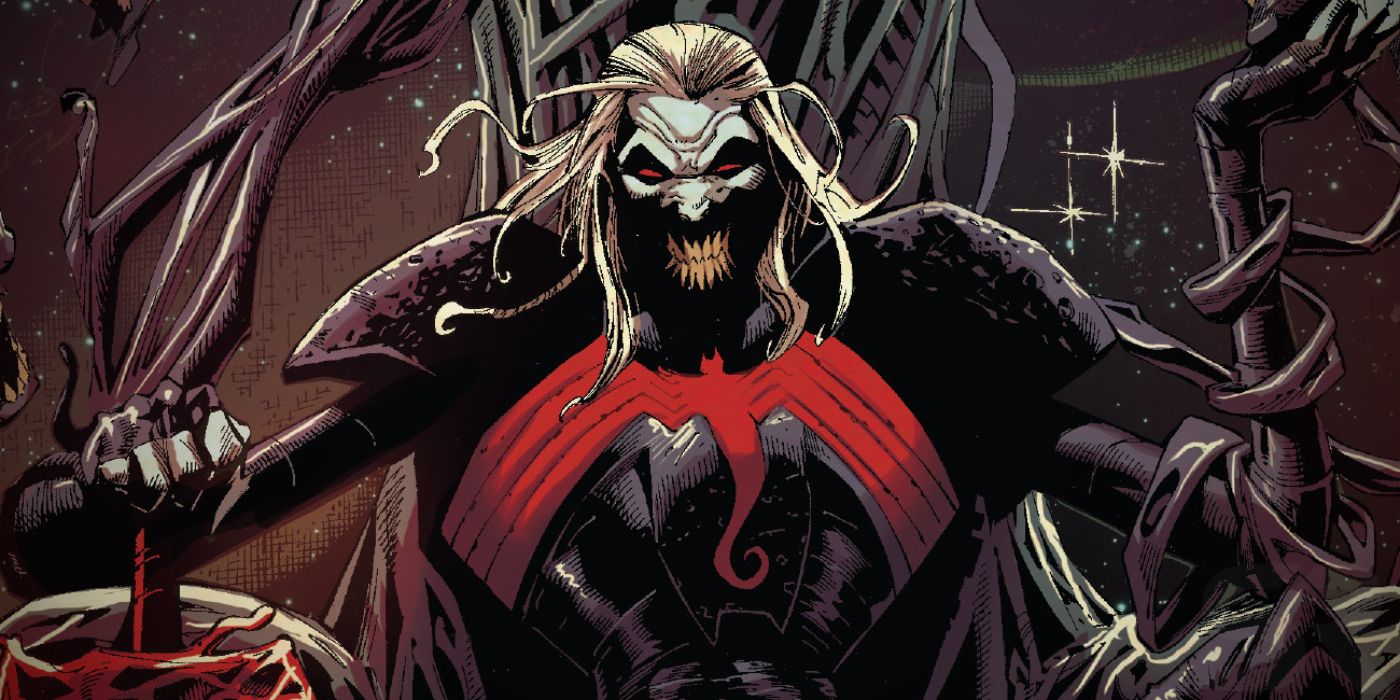
Related
Venom’s Origin Twist Shows How Marvel Uses Retcons to Make Lore Better
In Donny Cates’ run on Venom, the lore of the symbiotes was reworked in a way that respected what was already established while adding new history.
The Symbiote Suit Didn’t Make Spider-Man More Aggressive
If Anything, It Made The Friendly Neighborhood Spider-Man Even Friendlier
Given the reputation that the story has in Marvel Comics lore, Spider-Man’s first outing in the symbiote costume is the exact opposite of what you might expect. When he hits the streets with his brand-new costume in Amazing Spider-Man #252, the first crime he encounters is a mugging. But rather than beating the mugger within an inch of his life, he just scares the guy off (as well as the mugger’s intended victim). He then encounters a couple shouting at each other, and takes them on a swing through the city. He shows them that New York is a place with a lot of beauty and that they’re lucky to live there.
The rest of Spider-Man’s adventures while he wears the symbiote suit are pretty standard fare for the time. He goes up against villains like the Kingpin, the Rose and Puma. He struggles to juggle his superhero life with his personal life, letting down his friends and family when he can’t be there for them as Peter Parker. His relationship with Black Cat gets complicated when he learns she’s only interested in Spider-Man and not Peter. And he discovers that Mary Jane has known his secret identity for years.
Why Spider-Man Wanted to Get Rid of the Symbiote Suit
It Didn’t Corrupt Him, It Just Creeped Him Out
Spidey’s relationship with his symbiote is pretty copacetic during this time. He’s mostly amazed that it can shoot its own webbing, respond to his thoughts and replicate any clothes he wants. Issues only start to arise when the symbiote starts taking over Spider-Man’s body while he’s sleeping. It takes him swinging through the city without Peter even being aware. He just knows that when he wakes up in the morning, he doesn’t feel like he’s gotten any rest at all. But through all this, there’s no increased aggression or darkness within Peter.
It’s only after Peter has a nightmare about his new suit that he realizes he should find out more about it. He goes to Reed Richards of the Fantastic Four, who informs him that the suit is a living being. That’s when Spider-Man decides that he wants the suit off of him. It’s not because of any corrupting influence by the symbiote, but simply because he’s creeped out at the idea that his “costume” is actually alive.
It’s Spider-Man’s Fault the Symbiote Turned Against Him
The Symbiote Actually Saved Peter’s Life
Peter himself is responsible for the symbiote’s turn to the dark side that would come to define it for the next 30-plus years. Upon learning that it’s alive, he wants it off of him, which he manages to accomplish with Reed’s help. The symbiote feels rejected by this, a feeling that turns to anger once Reed locks it up in his lab for further study. It wants revenge on Peter, but at the same time, it also wants to rejoin its host. It eventually breaks out of the lab and tricks Peter into bonding with it once again.
One of the most iconic scenes in Spider-Man history is when he arrives at the bell tower of a church while wearing his symbiote suit. As the bell rings, the intense noise hurts the symbiote and causes it to separate from Peter. Later on, it’s revealed that it then bonds to Eddie Brock, a reporter with a grudge against Spider-Man. Their mutual anger towards the Wall-Crawler unites them to become the villain-turned-antihero, Venom. But that bit of lore wouldn’t be added until much later.
Retellings of this event often leave out what actually happens immediately after Spider-Man and the symbiote separate. When the church bell scene plays out for the first time in Web of Spider-Man #1, the bells hurt Peter more than they hurt the symbiote. Feeling a sense of love and responsibility it learned from its time being bonded to Spider-Man, the symbiote saves Peter’s life. It pulls Peter’s unconscious body to safety and, rather than taking advantage of the moment to re-bond with its host, the symbiote instead decides to depart.
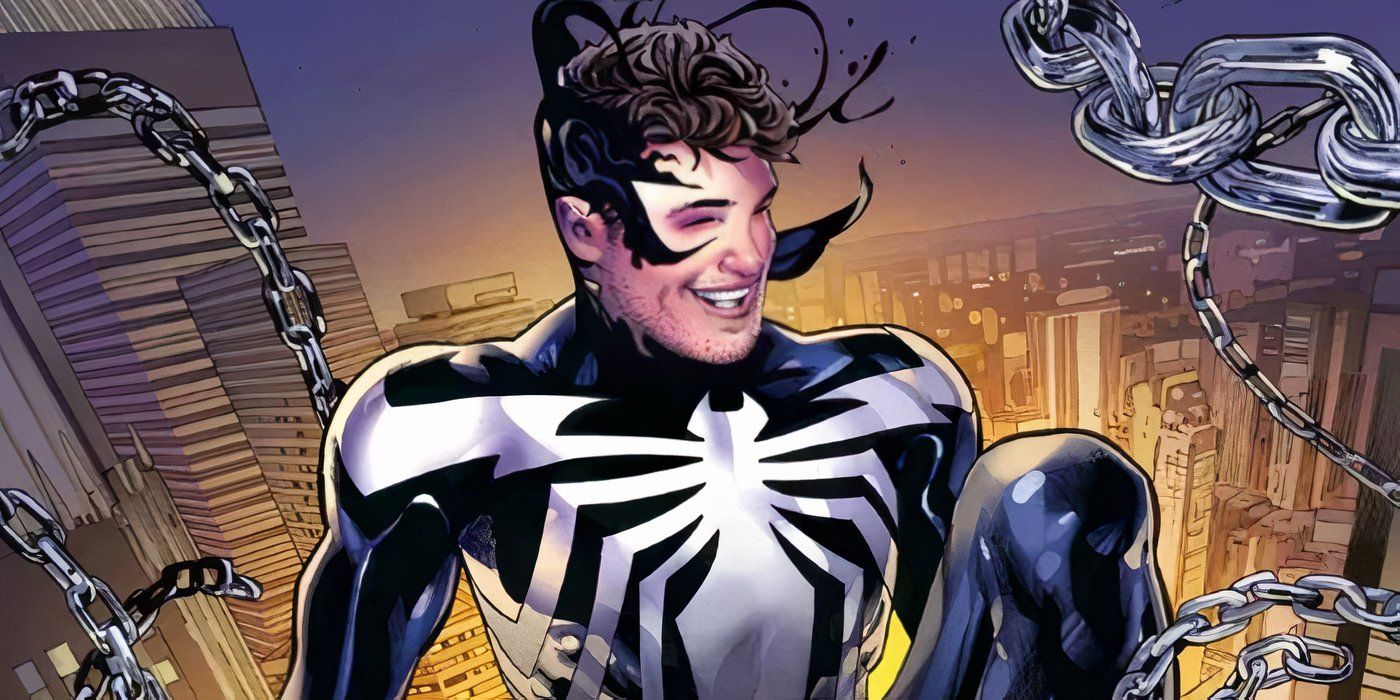
Related
Spider-Man Officially Reclaims the Venom Symbiote for VENOM WAR
Spider-Man is BACK IN BLACK and looks cooler than ever as he reclaims his Venom symbiote suit ahead of the highly anticipated Venom War event.
How Spider-Man: The Animated Series Re-Wrote Venom’s Marvel Comics History
The Darkness of Spider-Man’s Black Suit Era has Become Official Lore
So where did we get this idea that the symbiote was a huge, corrupting influence on Spider-Man that he had to get rid of to save his soul? Well, the fault lies mostly with Spider-Man: The Animated Series. “The Alien Costume” was a three-episode story arc that aired in 1995 during the series’ first season. After first bonding with the symbiote, Peter is excited that it seemingly makes him stronger and lets him change outfits with a thought. But he begins noticing something is off when he threatens to beat up Flash Thompson. It escalates when Spider-Man nearly kills the Rhino in a fight, and realizes that the suit has changed him.
This idea that the symbiote turns its host to the dark side would be carried over to the comics and other adaptations. Most infamously, Spider-Man 3 plays up this element a lot. We see Peter engage in some truly disturbing acts, like nearly beating Sandman to death, shoving his girlfriend Mary Jane, and, of course, dancing. So much dancing. At least we can be thankful that Peter’s emo haircut from the movie never made the leap to the comics page.
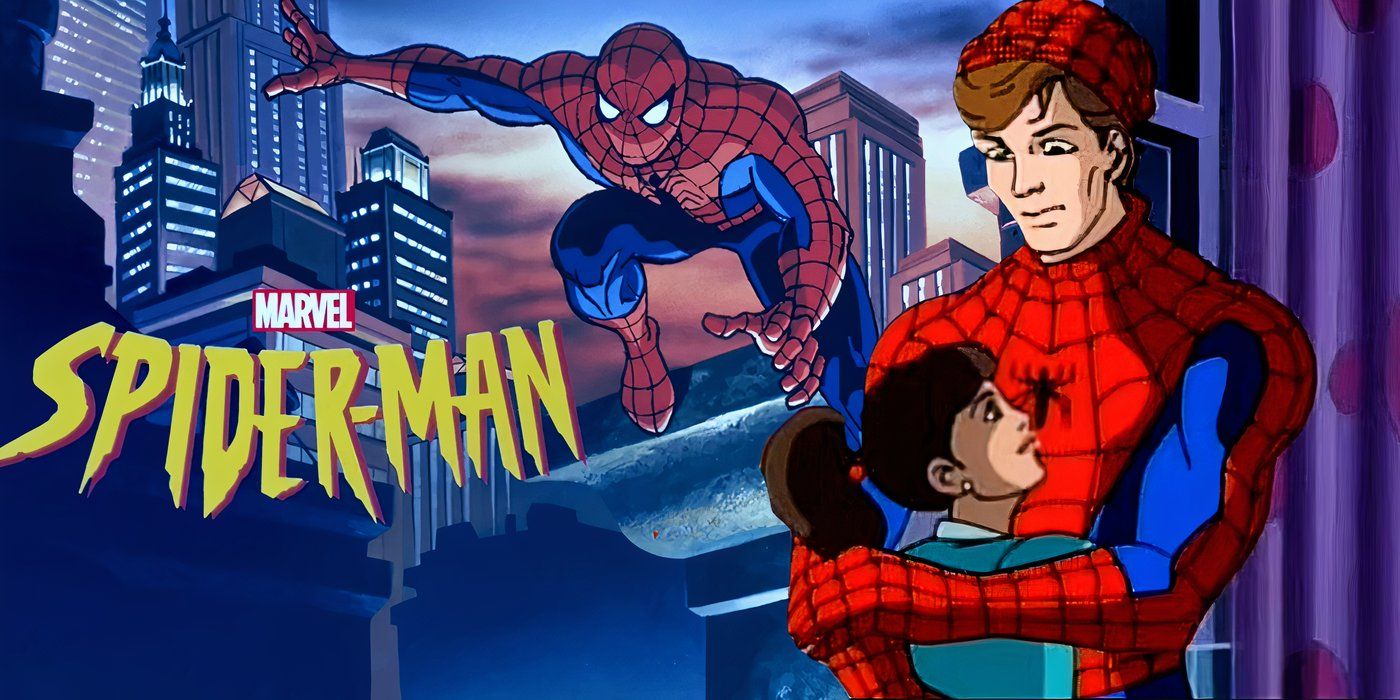
Related
10 Reasons Spider-Man: The Animated Series Still Holds Up
Spider-Man: TAS was a mighty installment in Marvel’s 1990s animated universe, and still holds up to contemporary viewing in several key ways.
Spider-Man Didn’t Even Have the Alien Costume For That Long
The Whole Story was Wrapped Up in a Year
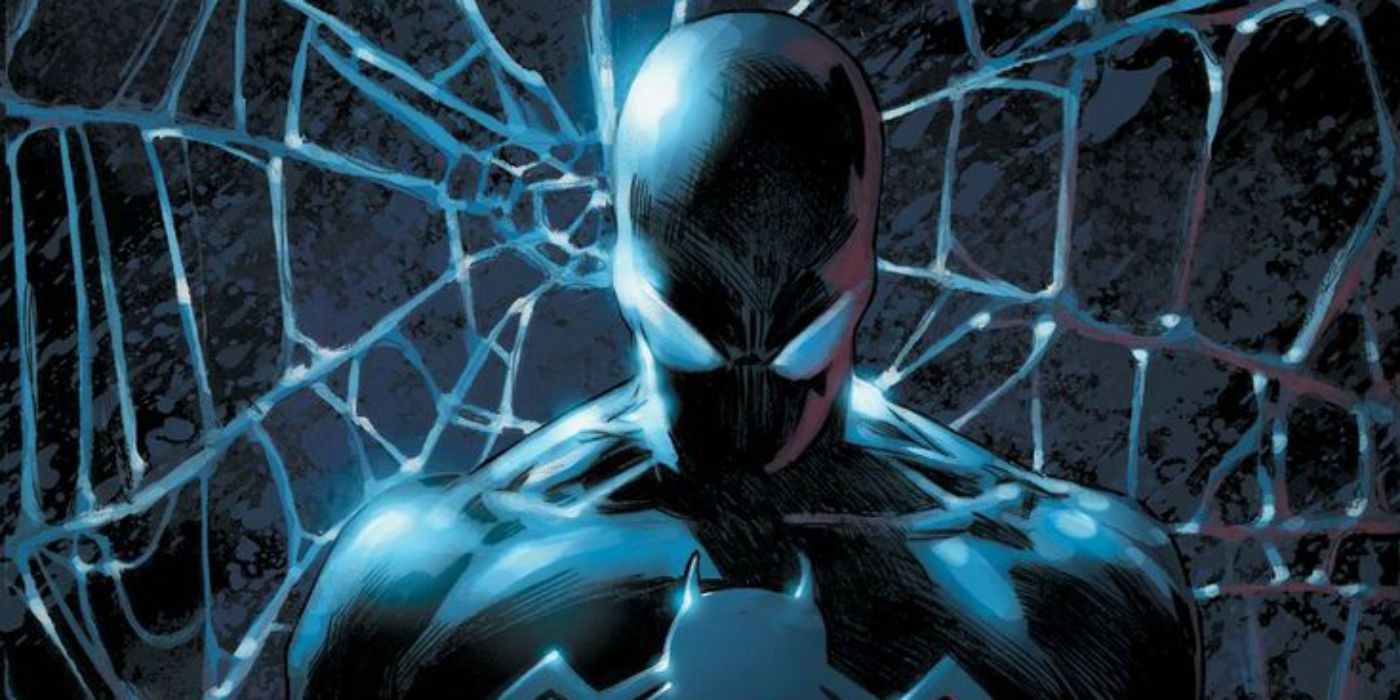
Despite how notorious Spider-Man’s time wearing the symbiote suit has become, it’s important to note that it actually lasted a relatively short while in the comics. He first appears in the costume in January 1984’s Amazing Spider-Man #252, and stops wearing it that July in Amazing Spider-Man #258. Because the publishing schedules of comics can be out of whack sometimes, the actual story where Spider-Man first bonds with the symbiote wasn’t published until August 1984 in Secret Wars #8. The story of the symbiote costume would be fully wrapped up by that December in Web of Spider-Man #1. After that, the symbiote’s next appearance isn’t until January 1988, when Venom makes his debut in Amazing Spider-Man #300.
There are a couple of reasons we tend to think of this period as lasting longer than it really did. First, once Spider-Man got rid of the symbiote, he continued to fight crime in a black suit for a number of years. This suit was made of cloth, and he wore it during classic stories like “Kraven’s Last Hunt.” If you’re looking at comics from this time out of context, it would be easy to assume he’s wearing his symbiote suit. Secondly, numerous anthologies and “untold stories” have been published in the years since, fleshing out this era and incorporating the darkness that was introduced in the cartoon.
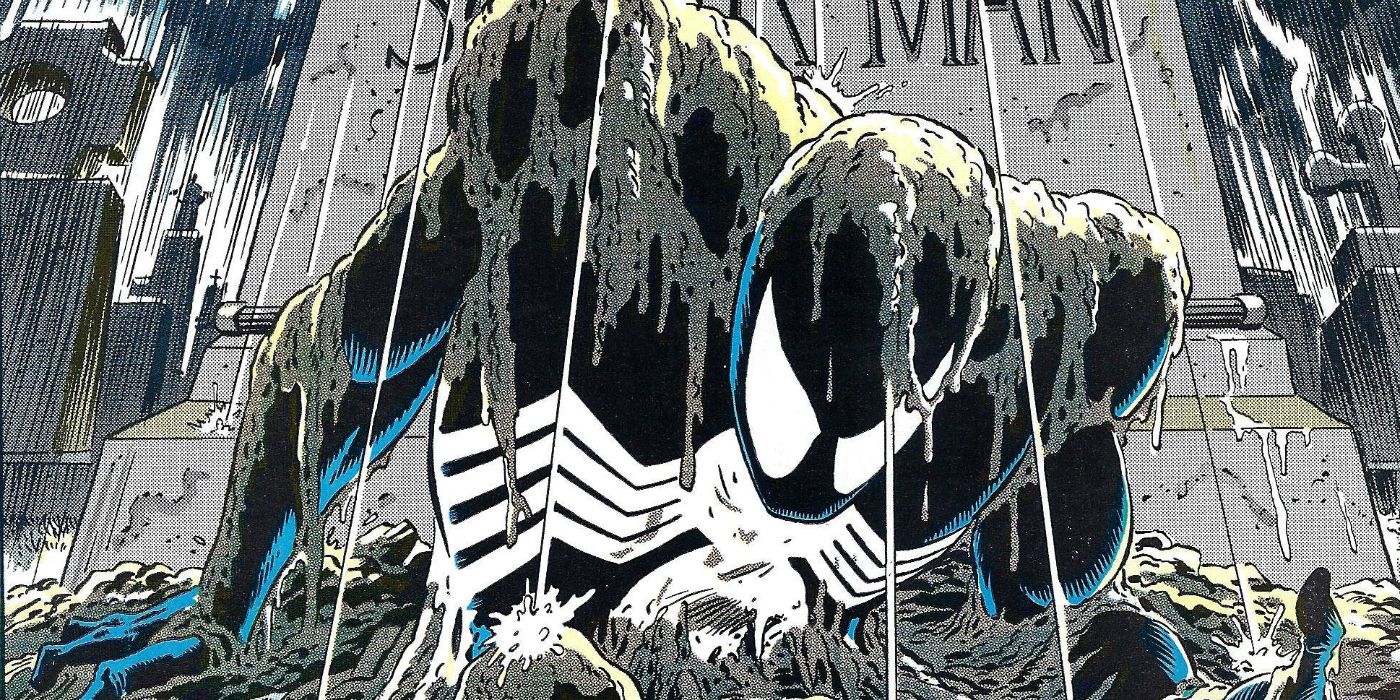
Related
10 Unforgettable Spider-Man Comic Covers From the 1980s
Spider-Man comics in the 1980s featured a wealth of great cover art. Here are the best, which include the art of John Romita Sr. and Todd MacFarlane.
Marvel has fully leaned into the idea that the black suit era was a dark period in Spider-Man’s life. Peter looks back on this time with regret, and even keeps a black suit handy, which he will wear whenever he’s feeling particularly angry. An upcoming anthology series, Spider-Man: Black Suit & Blood, will further dive into this chapter of his life and its impact on his life.
It makes sense that Marvel would make this an official part of his history. It makes for a better and more enriching story than what readers were originally given. Spider-Man wanting to get rid of the symbiote because it kind of creeps him out is much lamer than the hero stopping himself from turning to the dark side. Fans like me have either forgotten how the Alien Costume Saga really went down, or we’ve just agreed to pretend that the corruption element has been part of the story all along. Either way, Spider-Man: The Animated Series played a bigger role than I realized in establishing the lore of Venom and Spider-Man’s black suit.
Spider-Man
Spider-Man is the name given to several individuals who have employed a spider-moniker throughout Marvel Comics. Typically gaining their powers through a bite from a radioactive spider, the different Spider-Man heroes employ super-strength, agility, and intellect while utilizing webbing to swing and tangle up their foes. The most notable of these Spider-Men is Peter Parker, who remains one of the most popular superheroes throughout the world.
- Created By
-
Stan Lee
, Steve Ditko - First Appearance
-
Amazing Fantasy
- Alias
-
Peter Parker, Ben Reilly, Otto Octavius, Yu Komori, Kaine Parker, Pavitr Prabhakar, William Braddock, Miles Morales, Kurt Wagner
- Alliance
-
Avengers, Fantastic Four, X-Men, Secret Defenders, Future Foundation, Heroes for Hire, Mighty Avengers, New Avengers, Web-Warriors
- Race
-
Human
- Franchise
-
Marvel
, Spider-Man



